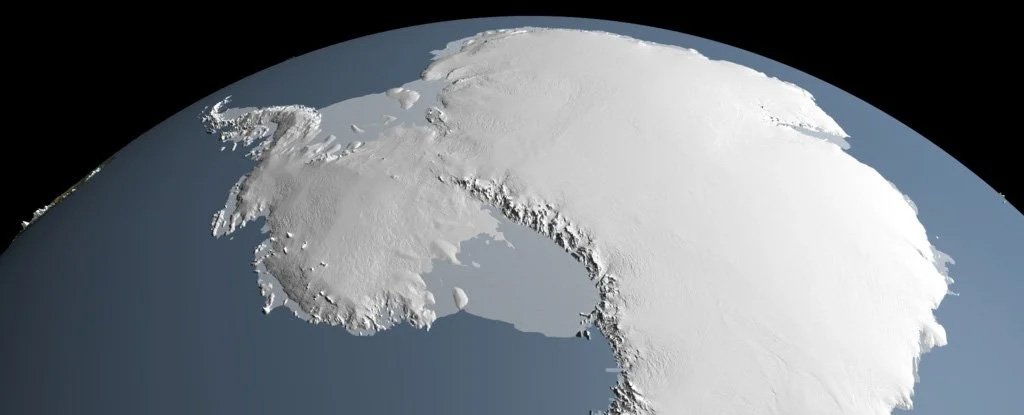
_1.jpg)
If it works, it could potentially preserve crucial ice sheets for a few more centuries, buying time to cut emissions and stabilize the climate, the researchers say.īut there would be massive logistical, engineering, legal, and financial challenges. The basic idea is that a handful of engineering efforts at the source of the problem could significantly reduce the property damage and flooding dangers that basically every coastal city and low-lying island nation will face, as well as the costs of the adaptation projects required to minimize them.

Some of the schemes involve building artificial braces through polar megaprojects, or installing other structures that would nudge nature to restore existing ones. Neither the accelerating rate of rise reported by the satellites nor the slow and steady creep reported by the gauges are. The satellites suggest that the rate is accelerating, but the onshore gauges shrug their shoulders. Our lives are in a constant state of flux, the political situation aside, our earth is rapidly changing. When I wrote my first article on billionaire bunkers years ago, I never would have imagined how quickly our world was changing. Moore and others have laid out several ways that people could intervene to preserve key glaciers. The idea of ice sheets slowly melting and concomitant gradual sea level rise is not very frightening. Map of the Unitedt States by Gordon-Michael Scallion. That will require what is variously described as active conservation, radical adaptation, or glacier geoengineering. is to physically stabilize the ice sheets,” he says. “So the only way of preventing the collapse. Either way, it would flood coastal cities around the world, threatening tens of millions of people.Īll of which raises an urgent question: Is there anything we could do to stop it?Įven if the world immediately halted the greenhouse-gas emissions driving climate change and warming the waters beneath the ice shelf, that wouldn’t do anything to thicken and restabilize the Thwaites’s critical buttress, says John Moore, a glaciologist and professor at the Arctic Centre at the University of Lapland in Finland. That could trigger a chain reaction as more and more towering cliffs of ice are exposed and then fracture and collapse.Ī complete loss of the so-called doomsday glacier could raise ocean levels by two feet-or as much as 10 feet if the collapse drags down surrounding glaciers with it, according to scientists with the International Thwaites Glacier Collaboration. Stretching 75 miles across the coast of Antarctica, encompassing. They warned that the floating tongue of the glacier-which acts as a brace to prop up the Thwaites-could snap off into the ocean in as little as five years. That’s because Thwaitesaka the Doomsday Glacieris deteriorating fast, losing 50 billion tons of ice to the sea each year. In December, researchers reported that huge and growing cracks have formed in the eastern ice shelf of the Thwaites Glacier, a Florida-size mass of ice that stretches 75 miles across western Antarctica.


 0 kommentar(er)
0 kommentar(er)
